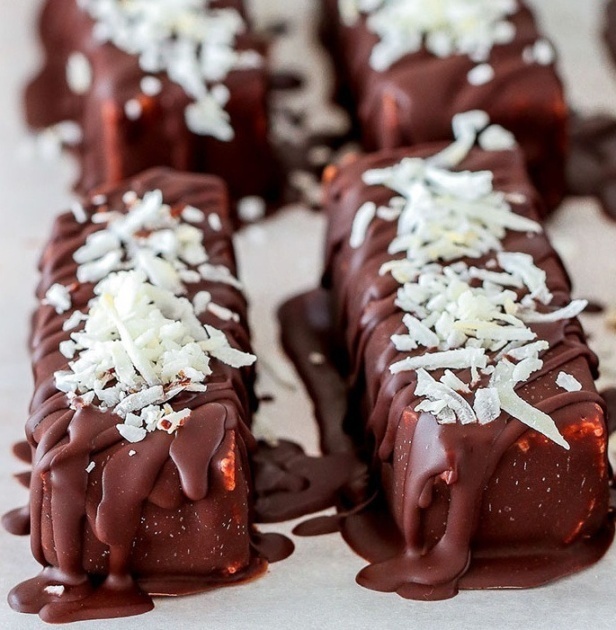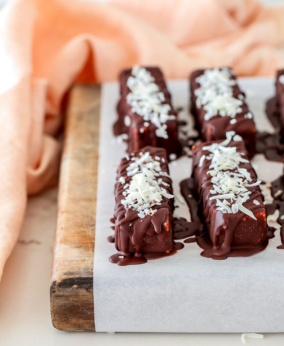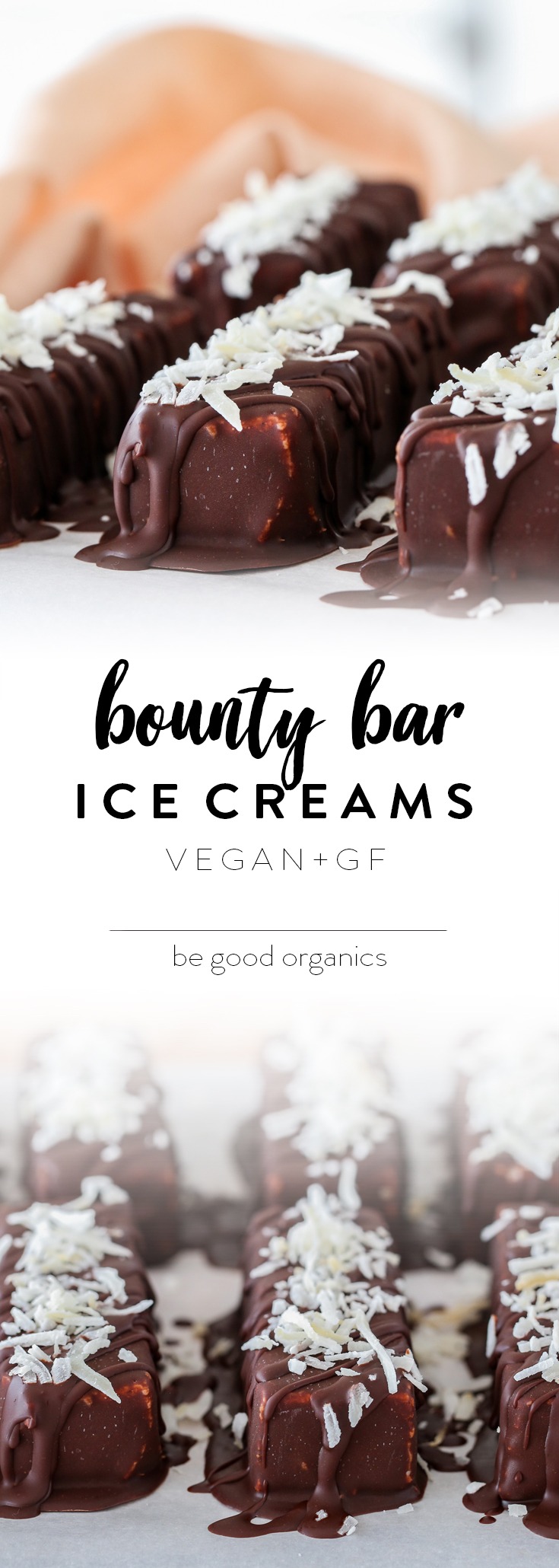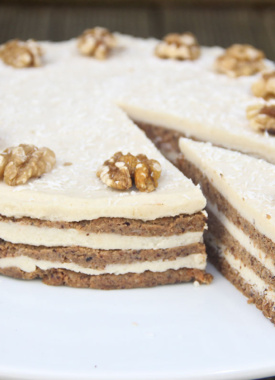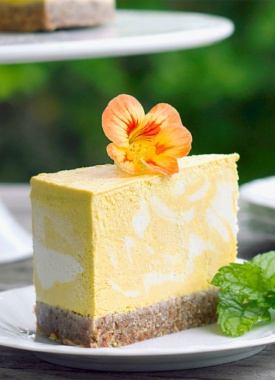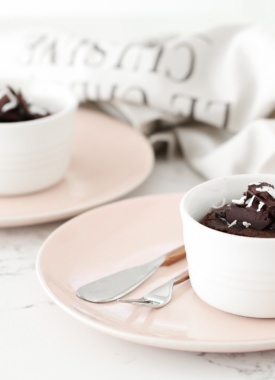Say hello to your new fav ice cream! Who said dairy-free had to be fun-free? Only 9 ingredients, 2 easy steps, and your freezer will be paying you dividends for WEEKS. Plus, we’ve made a sweet new VIDEO to show you how!
Yes, these beautifully beguiling Bounty Bar Ice Creams are…
- Made with a creamy coconut and vanilla filling, topped with a delicious dark chocolate shell;
- 100% plant-based, vegan, and au naturel;
- 30% lower in sugar than an equivalent store-bought bar, with less processed sweeteners too (as opposed to pure glucose syrup);
- A brilliant way to reduce your individual plastic and foil wrapper consumption; and
- The perfect healthier sub for your favourite childhood Bounty!
We’ve been steadily munching through our batch of these the past few weeks – they’re the best little bar to whip out on a hot summer’s eve, no bowl or chopping needed. Headphones on, watch the vid above, and let me know if you book them in this weekend!
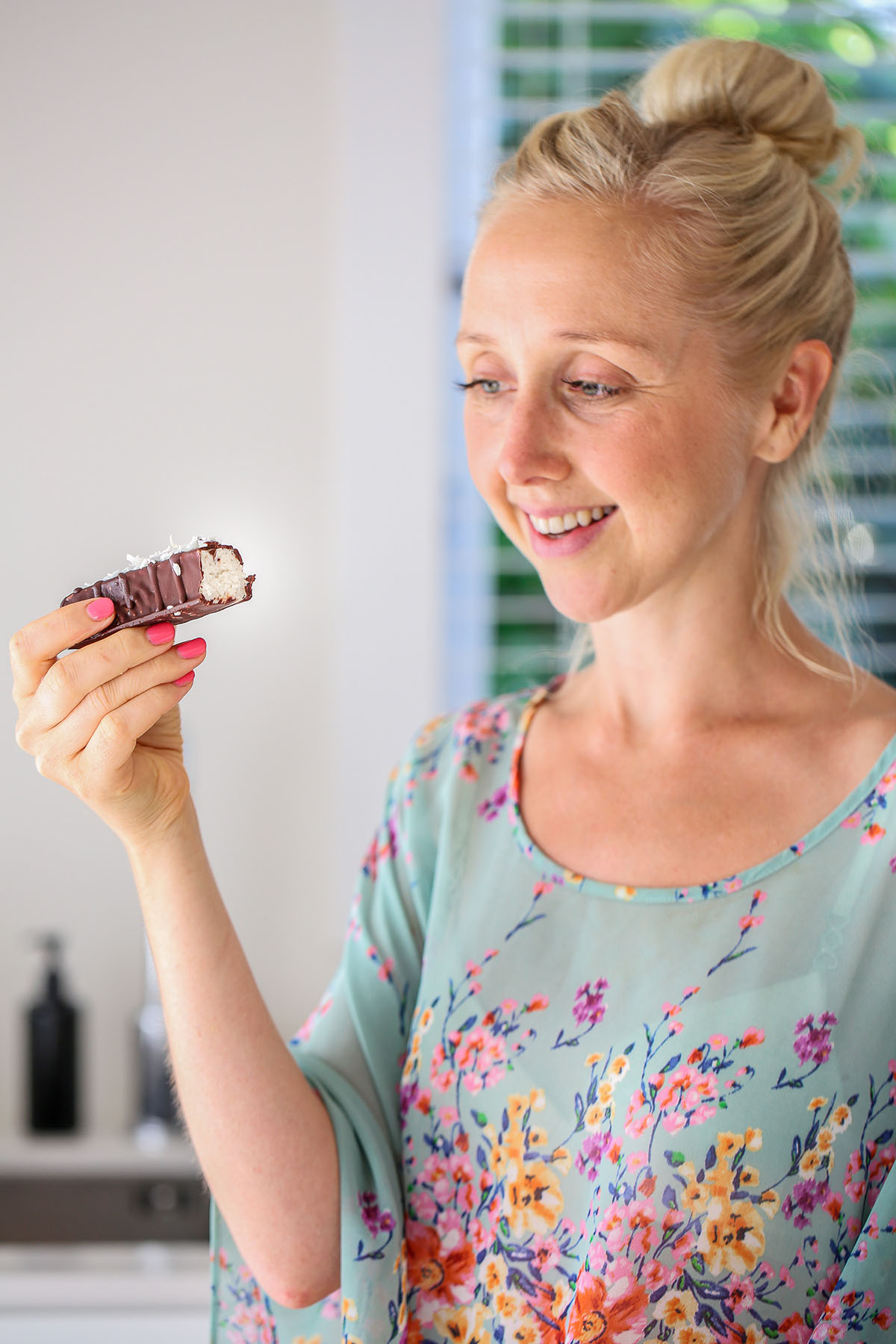
Zero-waste – is it possible?
I’m on a zero-waste challenge at the moment, well, let’s say ‘low-waste’. After watching the documentary Blue earlier in the week, about the effect our insatiable plastic and seafood consumption is having on our oceans, I’ve had a wake-up call on my usage habits. Sure, I recycle with an obsessive fervour that drives my family crazy, never buy bottled water (unless we’re forced to overseas), refuse to take plastic bags, and have reduced my seafood consumption to near-zero. But what this documentary highlights is that, regardless of whether you’re recycling or not, every piece of plastic you use will eventually be repurposed into something that will likely end up in our oceans.
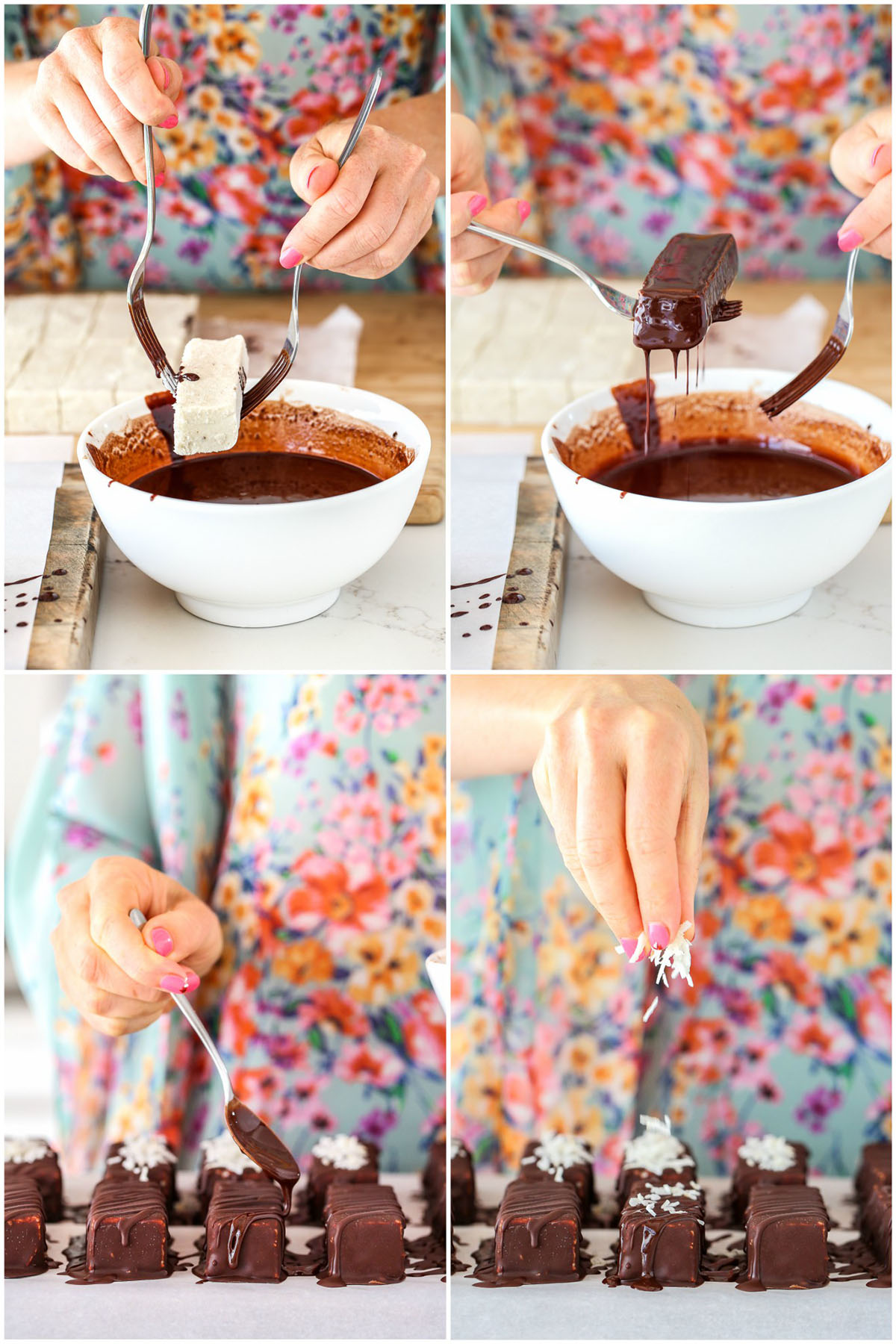
Research shows some shocking figures as a result:
- New Zealanders on average use 1 single-use plastic bag every day, with an average use time of 12 minutes, yet a degradation period of 1000 years;
- 70% of plastics aren’t recycled, and thus end up in landfill, the sea, or in the stomach of birds, turtles, and sea life;
- 8 million tons of plastic are dumped in the ocean every year;
- Plastic is now found in the stomachs of 100% of all sea birds;
- Turtles and dolphins confuse plastic for jellyfish and eat it, or worse, get caught and strangled in fishing nets;
- Only 1% of plastic is on the ocean’s surface, the rest is not visible to the human eye;
- Plastic eventually breaks down into micro particles, which then make their way into plankton, and thus the entire seafood chain (including any fish you might eat) – potentially causing immune system disorders, endocrine disruption, and developmental problems in children;
- As a result of our seafood consumption and plastic use, half of all marine life has been lost in the past 40 years;
- A number of critical fish species have been reduced to just 10% of what existed in the 1950’s;
- The UN estimates that by 2048, there will be no fish left in our oceans AT ALL;
- 40% of what’s caught globally is discarded, in the form of undersized fish, endangered sharks, turtles, and dolphins – left to die, or already dead;
- Scallops and prawns are no better – they are caught by bottom trawling, destroying wide areas of seabed and all coral and growth below;
- The amount of seabed trawled and destroyed is 150 times the area of forest destroyed each year – we’re talking mass ocean deforestation! and
- 27% of the world’s coral reefs have also been lost due to climate change and rising sea temperatures (the number one driver of which is animal agriculture).
To find out more, check out these resources here, here and here.
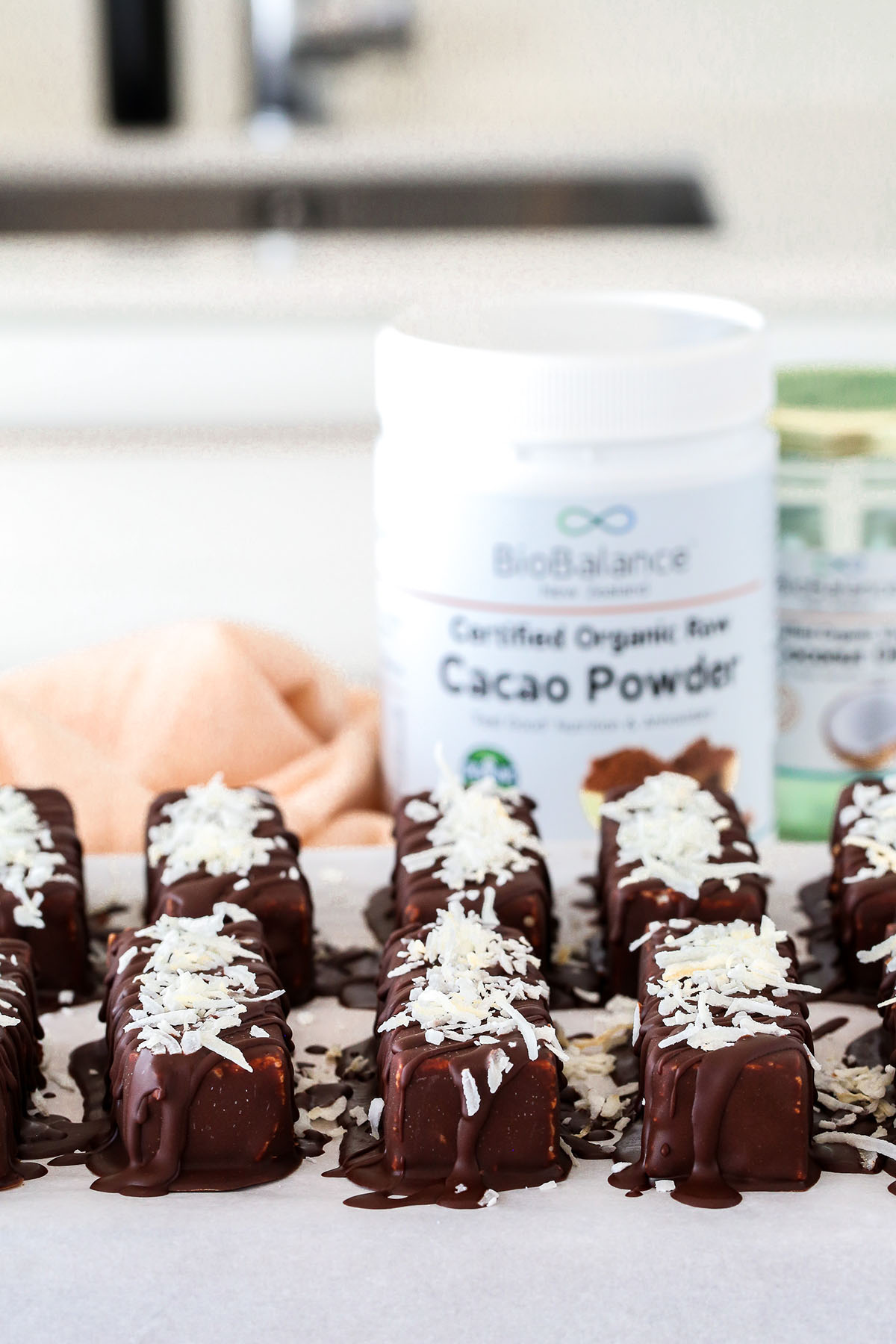
So, what can we do to save our oceans?
- Reduce your consumption of fish and seafood, along with other animal products.
- If you still choose to eat fish, know exactly where it was caught and how. If you’re buying from the supermarket or local fish shop, it’s pretty much guaranteed they won’t know this information – I’VE ASKED! So either catch your own from a local lake, pick mussels and pipis from a local beach, or ditch the fish addiction altogether.
- Refuse to take plastic bags – STAT. Keep reusable bags in the back of your car, bike, or by your front door. And if you find yourself at the store without one, ask them if they can pack your goods in a cardboard box instead – they almost always have them.
- Petition your local supermarket, council, or government, to ban single-use plastic bags – this has already happened in some countries around the world (although not yet NZ or Australia!).
- Choose glass packaging over plastic, foil, or other, wherever possible. The coconut oil from BioBalance I’ve used here in these Bounty Bars is the perfect example – the glass jars make brilliant storage vessels for your favourite grains, nuts, seeds, dried fruit, or dressings, or you can recycle them forever (glass is eternally recyclable).
- Choose bulk products where possible, or refill where you can. E.g. buy the large jar instead of the small, if you know you’re going to be using it again soon. Or, find a local store where you can refill some of your dry goods or cleaning products from the bulk bin facilities.
- Refuse to buy fresh produce if it’s wrapped in plastic. I know those boxed cherry tomatoes and blueberries are tricky to avoid, but iceberg lettuce and carrots need not be in plastic bags! Grab some of the loose ones instead.
- If something’s packaged in plastic, consider whether you really need it at all. E.g. plastic bottles of water? Why not invest in a water filter instead to eliminate your bottled water use completely. There are often water filters at community areas such as parks, playgrounds, community centres and schools. Or ask your work or local council to get a filter installed.
- And, if you love a product but the company who makes it still uses plastic, consider contacting them to ask if they’d consider moving to a more environmental friendly alternative such as compostable plant based packaging, or recycled card. They’ll never make the move if we don’t ASK!
- Where you can afford it, choose products from ethical companies like Biobalance, who are genuinely committed to the environment, and care about how their harvesting, manufacturing, and production affects our planet.
- Stop purchasing individually packaged ice creams and chocolate bars. Or at least reduce your consumption (I know, those magnums are rather tempting…). Instead, make these Bounty Bars, and you’ll have 12 bars up your sleeve with no individual wrapping waste at all!
- Follow this mantra: REDUCE, REUSE, RECYCLE (in that order). I.e. reduce your consumption of plastic or disposable packaging as much as possible; if you can’t avoid it, reuse it where you can; and finally, if you have to buy it and can’t reuse, recycle it thoughtfully.
- Don’t think you have to be all or nothing. E.g. bought that plastic container of conditioner? That’s ok, try seek out a refillable service somewhere near you. Used a tetrapak of soy milk last week? No worries, try making your own homemade batch of plant milk this week (here’s my fav recipes here and here). No-one’s perfect, but every choice we make and dollar we spend, IS a vote in the direction we want our planet to progress.
I hope these tips are helpful, and will inspire you to be an ocean and planet guardian too! You can find out more information on Blue, the documentary, here. And of course, take your first step towards individual packaging reduction by making these delicious Bounty Bar Ice Creams below!
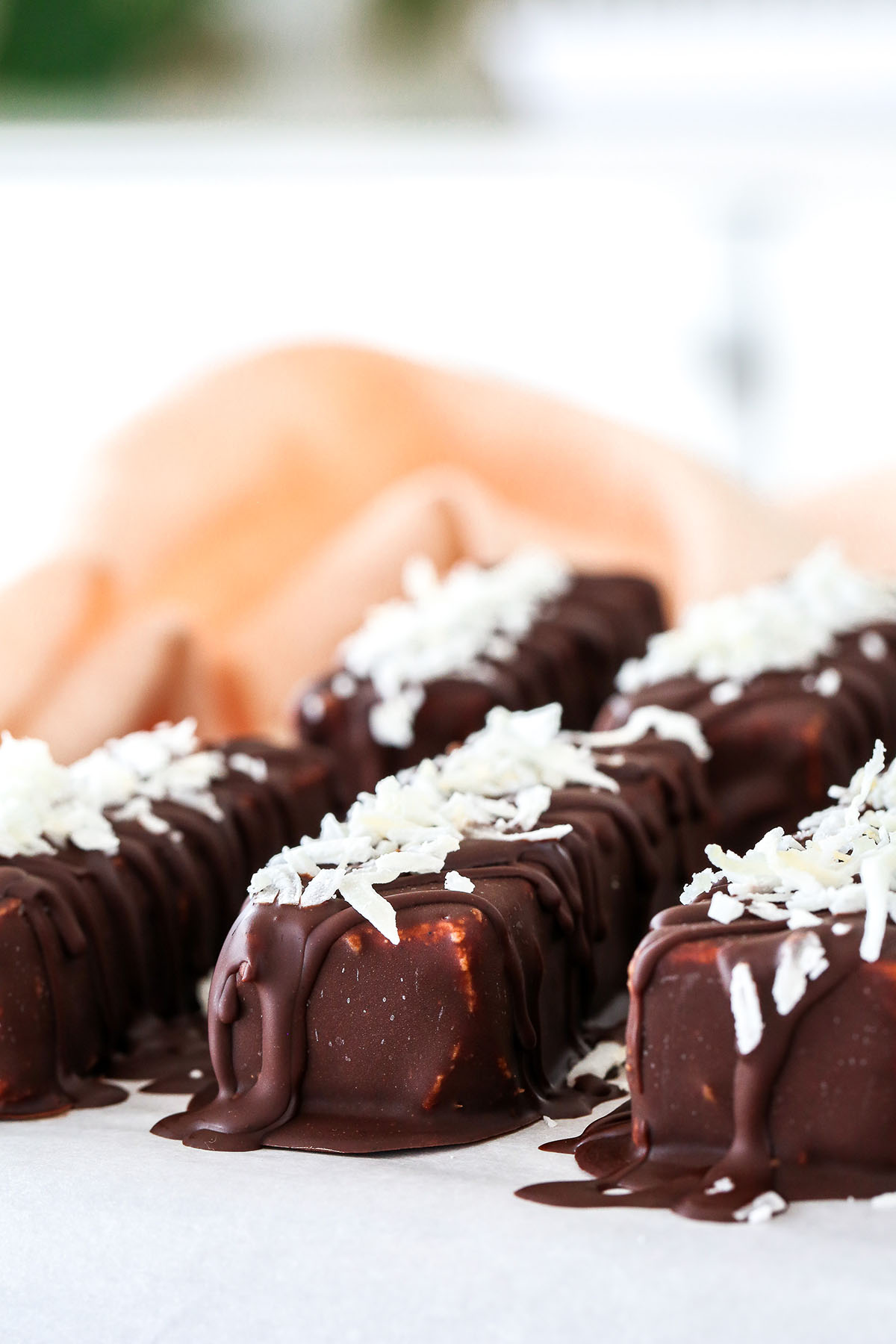

I hope you love them, and equally, would love to hear your thoughts on plastic use, recycling, the environment, or any of the above. Leave me a message below, or over on Facebook here or Insta here. And if you make these bars, share them with me on our FB page, or post them on Instagram with the tags @begoodorganics and #begoodorganics. I’d love to hear how you go, as well as your thoughts and tips on how we can be ocean guardians together!
Enjoy your Friday my friend, and til next week, stay happy and well.

PS If you like this recipe, I’d love you to pin it on Pinterest, share it on Facebook, post your recreation on Instagram (tag me @begoodorganics and #begoodorganics), or share it with your family and friends. Also, if you’re not already subscribed to my weekly recipe emails, be sure to do that here, and don’t miss my next recipe video by signing up to my YouTube here.
And, if you’re interested in one-on-one advice, I have a small number of Naturopathic and Nutrition consultations available each week, either in person or via Skype – you can find more information on those here.

Please note – if you are wanting to meet any of the specific dietary requirements below, please read my recipe notes.












Ingredients
Coconut Ice Cream
- 1 1/2 c cashews
- 400 mL coconut cream
- 1/2 c liquid sweetener e.g. coconut nectar/brown rice syrup
- 1/4 c coconut oil melted
- Pinch sea salt
- 1 tsp lecithin optional
- 1 vanilla bean scraped OR 1/2 tsp vanilla powder
- 1 1/2 c shredded coconut
Chocolate Coating
- 1/2 c cacao butter melted
- 1/2 c coconut oil melted
- 6 tbsp liquid sweetener e.g. coconut nectar/brown rice syrup
- 1 c cacao powder
- 2 tsp vanilla extract OR 1 tsp vanilla powder
- Large pinch sea salt
Topping
- Shredded coconut
Instructions
- Ice Cream: Blend all ice cream ingredients, except the vanilla and desiccated coconut, in a high speed blender until super smooth, scraping down the sides as needed.
- Add the vanilla and desiccated coconut and blend on low to just combine (you want to retain the texture).
- Pour into a lined baking tray and place in the freezer overnight to set.
- Chocolate: The next day, blend all chocolate ingredients in a blender until smooth, then pour into a flat tray suitable for dipping.
- Remove the ice creams, slice into 12 bars, then dip each bar in the chocolate with two forks, letting the excess chocolate drip off, then place on a lined tray. Place in the freezer for 30 minutes to set.
- Topping (optional): Remove the bars from the freezer, drizzle with remaining chocolate, then sprinkle with shredded coconut. Place back in the freezer for 1-2 hours to set completely.
- Store in the freezer for up to a month in a well sealed container (after this they will start to get a little ‘freezer burn’).
Recipe Notes
- Make it nut free: Replace the cashews with watermelon seeds – this will change the flavour but still be pretty delish.
- Make it sugar free/keto: Replace the liquid sweetener with stevia to your taste.
- The lecithin is optional, but helps the ice cream to stay creamier as opposed to get icy. You can also use 1 tbsp of arrowroot or cornflour here instead.
- If using vanilla extract you can add it in the initial blend, but if you’re using vanilla bean seeds or powder, you’ll want to add at the end and just mix through to keep the lovely brown flecks throughout.
- These ice creams are only modestly sweet – if you prefer a sweeter ice cream feel free to add an extra 2 tablespoons of sweetener to the ice cream base, and an extra 1 tablespoon to the chocolate. Note that when you freeze your ice cream mix, it loses some sweetness, so you want your blend to be slightly sweeter than how you’d like the end result to tun out.
- If you prefer a more coconutty flavour, toast the coconut lightly in a pan and let cool, before stirring through the ice cream and also sprinkling on top.
- Make cherry ripe ice cream bars: when adding desiccated coconut, also add 1 1/2 cups of fresh or freeze-dried cherries (I love these ones here) and lightly pulse to mix through. Sprinkle some more freeze dried cherries on top to make it look pretty!
- Make coffee bounty bar ice creams: add 1 1/2 tbsp powdered instant coffee when mixing ice cream ingredients. Be sure to taste, and feel free to add more if you like a stronger flavour!

